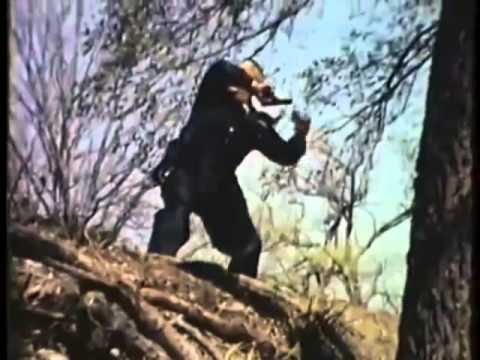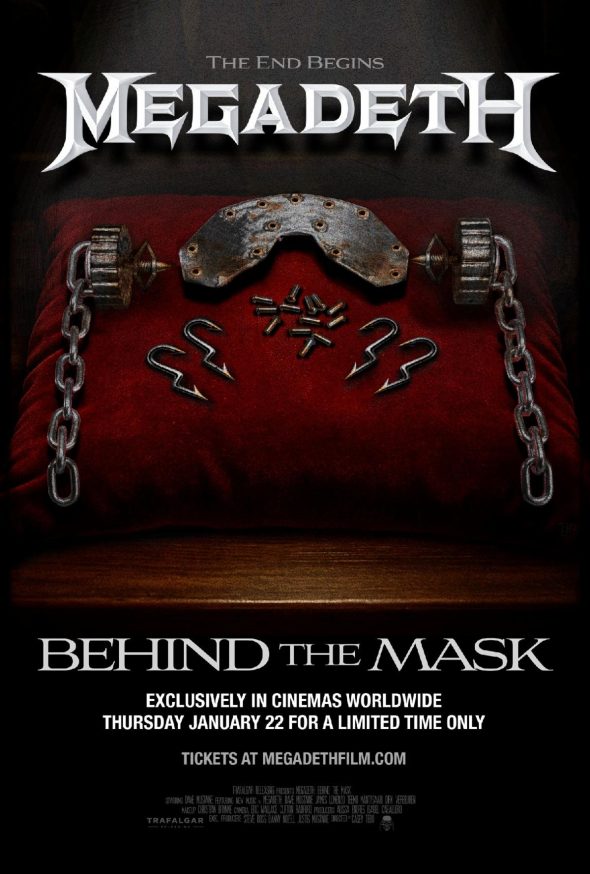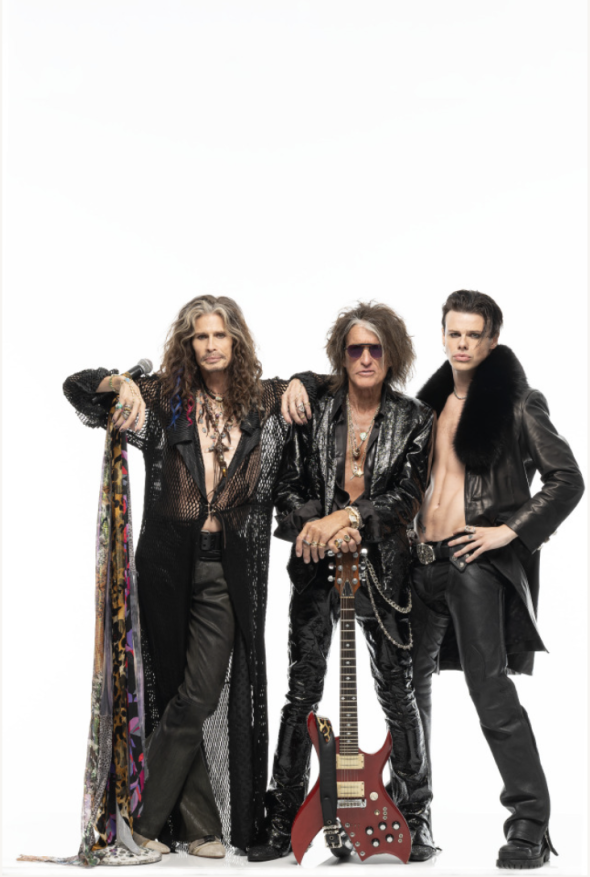ERG is a term I hadn’t heard until about a year ago, which is an acronym for a fast-growing underground network of guitars with a wider sonic range than your typical six-string guitar as we know it.
The ERG requires more strings and longer scale lengths than its six-string predecessor, which extends the instrument’s range into baritone guitar or bass territories.
Within this ERG category is a thriving social media group known as Extended Range Guitar Nerds, a pack of very aggressive, musically motivated musicians. Most ERG-style music is a collision of progressive rock, shred metal, fusion and hard core melded together in a wide variety of ways, spawning a revolution of how players attack their instrument.
The birth
The ERG essentially started with the seven-string guitar decades ago, found early on in jazz players’ hands for a wide range of chord melody and strong bass lines. As the instrument gained popularity, younger metal heads caught on and various builders started stretching its scale length for bigger bass tones as well as fanned frets, which combine two scale lengths to extend the bass range while maintaining a snappy treble with a shorter scale, for example, extending the scale from a 26.5-inch treble to a 28-inch bass. This concept was patented decades ago by Novax Guitars. However, the patent has expired and is open to all builders to use and embrace.
The introduction
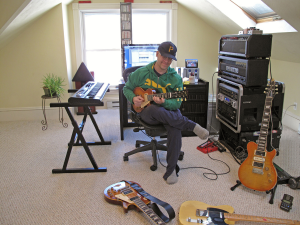
My introduction to the ERG came far before the phrase was coined. A long-time friend Matte Henderson guided me into building seven-string guitars in roughly 2000. Henderson hails from Bennington College (he has a master’s of fine arts degree) and spent a lot of time with Robert Fripp. Henderson’s music really pushes the mental imagery you envision. It blends vast musical styles that evoke emotion you would normally not experience by hearing most music. I found his music very exciting, as if watching a suspense thriller or horror flick, or soaring sky high over some foreign land. The mind or imagination is still the most amazing theater for artistic creation, and I find it very rewarding when an artist takes you some place you have never been before.
Henderson has been my singular inspiration to chase these growing guitar trends, as he seems to always be well ahead of our mainstream markets with a keen eye on the future of the guitar and artistic music. His recent solo record “The Veneer of Logic,” dubbed as the first “muttcore” genre — post-rock, metal, industrial to ambient — embodies his diverse talents as not only a player but also as programmer, engineer and composer. It’s a sum of his solo dedication to the music and all that inspired him to this point in time (see the “The Veneer of Logic” video on YouTube).
Many guitar manufacturers today are pushing deeper into ERGs, and the majority of players buying them are young, 17-28 years old. This model was originated by boutique custom builders, but today a large number of builders create models for well under $500 to $1,000. The ERG is also growing fast among a new breed of high-end builders. Plus, with the aid of modern machinery and technology, the ERG is starting to find its way into mainstream, as more companies create hardware to support it.
There’s a lot to give credit to for the evolution of the ERG including driving the redesign of amplifiers to handle a wider frequency range, and modern recording becoming so much easier to access from home. As proven over and over, trends cycle and repeat. For a good while, 90s grunge rather killed shred guitar, but now we’re seeing a shred far beyond what predecessors like Steve Vai created, as the throne has passed to Tosin Abasi.
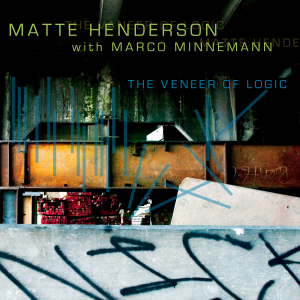 Plus, with social media and YouTube so strong, guitarists can turn into overnight guitar heroes by creating a simple video while playing along with the core tracks of their record release without the rest of their band. Sometimes, this is due to the fact that they played all the instruments or programmed drum tracks. Most often, these videos are of instrumental songs without vocals. The guitarists can release an EP or full-length record prior to becoming a full band and keep production costs to a minimum, often through home recordings. This allows their fan base to help indicate when the band needs tour support and allows the band to add players for live shows.
Plus, with social media and YouTube so strong, guitarists can turn into overnight guitar heroes by creating a simple video while playing along with the core tracks of their record release without the rest of their band. Sometimes, this is due to the fact that they played all the instruments or programmed drum tracks. Most often, these videos are of instrumental songs without vocals. The guitarists can release an EP or full-length record prior to becoming a full band and keep production costs to a minimum, often through home recordings. This allows their fan base to help indicate when the band needs tour support and allows the band to add players for live shows.
Today, the ERG targets everything from traditional guitar design to more modern headless designs. Seven-string models came in strong with Steve Vai and Korn in the 90s, and now eight-, nine- and 10-string models are still expanding guitar models. In early 2014, I was heavily influenced by ERGs, from the players to the builders, which drove me to design my own headless ERG model. This changed my view of the guitar and the direction of my band Rebel 66 — like a sharp hair-pin turn.
The future
Recently, I had the opportunity to speak with Simon Hawemann located in Berlin, Germany and moderator of Extended Range Guitar Nerds on Facebook. I first asked him about the future of the ERG.
“As with everything extremely popular,” said Hawemann, “it could be a passing phase. After the new-metal hype of the early 2000s was over, seven-strings disappeared almost completely for a while. On the other hand, the recent rise of the ERG has brought some incredible players to the surface. It has also influenced bands that have been around for much longer to switch over to extended-range instruments, such as Gorguts, who now exclusively use seven-strings, or Pestilence, who uses eight-strings these days.
“In general, I feel like the ERG still has a lot of places to go. The vast majority of ERG-related music seems to be super modern metal/core, but I think there is a lot more potential in these instruments. Once the popularity of the more modern stuff declines, we could start seeing ERGs in different contexts, I think.”
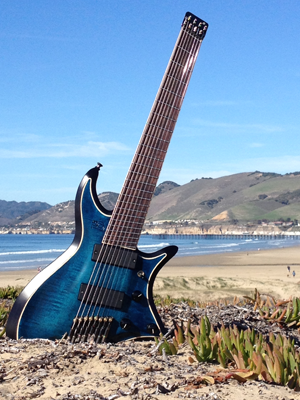 Hawemann added, “As for the instruments themselves, I think there are certain limits of playability and musical use. While tons of musicians were able to utilize eight-string guitars in a very musical way, I don’t see this happening with the nine-string, for example. It has been around for a while, but it hasn’t helped create a lot of great music so far. We will see more options from the major brands in the near future, though. Ibanez is coming out with their fanned fret seven- and eight-string guitars, and I’m sure more brands will follow their lead.”
Hawemann added, “As for the instruments themselves, I think there are certain limits of playability and musical use. While tons of musicians were able to utilize eight-string guitars in a very musical way, I don’t see this happening with the nine-string, for example. It has been around for a while, but it hasn’t helped create a lot of great music so far. We will see more options from the major brands in the near future, though. Ibanez is coming out with their fanned fret seven- and eight-string guitars, and I’m sure more brands will follow their lead.”
I also asked Hawemann how he got hooked in the beginning. He said, “I would have to give Dino Cazares/Fear Factory credit for that. I was way into Demanufacture and Obsolete, and I think they started using seven-strings for the latter. Not much later, I discovered Meshuggah’s Chaosphere and was hooked on that one, too.
“I got my first seven-string guitar in 2001 or 2002, a Cort Viva 7. All I wanted was an Ibanez and to play as tight as Dino, but I couldn’t afford them back then. When Meshuggah made the move to eight-strings, I was pretty blown away by the unique tone. I remember bugging my bandmates to go eight-string when the RG2228 came out, but we didn’t make the move until 2010, when the more affordable RGA8 became available.”
When I asked Hawemann how he views the growing ERG community, he said he’s critical, to be honest. “Like I said earlier, I feel like ERGs have a huge potential, but the community seems to be quite young and focused on very modern styles of metal/metalcore, which has lead to a lot of the same music, aesthetics and production styles.
“It’s funny, because the ERG can extend your musical range, but the result is often the opposite. If the community doesn’t disappear with time, it will grow older and hopefully more musically mature. So all in all, I think the community could have a bright future; it only needs to grow up.”

Thank you Simon!
Personally, I’m still taking this all in and letting it drip-feed to the music I create and the guitars I build. For your viewing pleasure, I created the Ring Master 8 in tribute to all I have learned, with an eye toward embodying the future evolution of the guitar as we know it (this is in the pre-order stage).
Headless guitars tailor well to ergonomics and easy plane travel — the guitars are smaller in length, even though they are larger in scale. Stay tuned long enough, and you’ll hear how this has fed my music as Rebel 66 sets out to track a coming record that will target a hybrid of rock, metal and djent flavors

